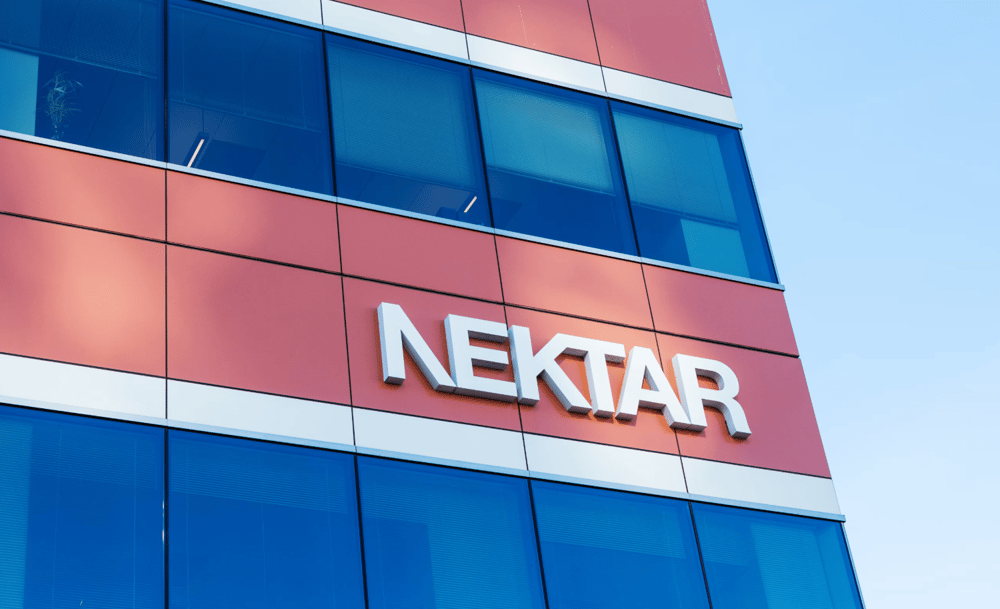Nissan Restructuring Intensifies with Higher Workforce Reduction Costs
Nissan Motor Co. $7201.T has announced that its ongoing restructuring efforts will come at a greater financial cost than originally anticipated. The Japanese automaker disclosed that additional expenses related to workforce reduction could reach 60 billion JPY (418 million USD) within the current fiscal year, amplifying the pressure on an already strained balance sheet.
Unpacking the Cost of Downsizing
Chief Financial Officer Jeremie Papin highlighted the revised cost estimate during a recent call with analysts, pointing to increased expenditures stemming from severance packages, operational reshuffles, and related transition expenses. These costs are set to be recognized in the fiscal period that began in April, reflecting a more substantial impact on near-term financial performance than earlier forecasted.

Strategic Overhaul: Plant Closures and Job Cuts
Nissan’s restructuring strategy targets the elimination of 20,000 positions and the shutdown of 7 out of its 17 factories worldwide, following a net loss of 4.5 billion USD in the fiscal year ending March. While both international and domestic operations are subject to review, the company has not yet finalized which regions or facilities will be most affected. The planned capacity reductions and plant closures are designed to recalibrate manufacturing output and restore profitability.
Primary Factors Influencing Nissan’s Restructuring Impact
Financial Consequences: The increased outlay will weigh on Nissan’s financials, as severance obligations and closure-linked impairments are booked in the current year.
Operational Efficiency: Rationalizing the global production footprint aims to align output with subdued demand and evolving market dynamics.
Geographic Uncertainty: Undisclosed locations for layoffs and closures introduce operational ambiguity, potentially affecting labor relations and supply chain stability.
Market Confidence: Transparent acknowledgment of restructuring costs may support investor expectations for long-term turnaround but highlights the scale of the transformation challenge.

Broader Context within the Automotive Sector
Nissan’s restructuring mirrors broader trends in the global automotive landscape. Industry players face margin compression, changing technology standards, and volatile demand. Streamlining operations and managing workforce agility are becoming central to survival and competitiveness, especially amid accelerated shifts toward electrification and supply chain localization.
The elevated restructuring costs place Nissan under heightened scrutiny as the company seeks to navigate a critical transformation phase. The effectiveness of its capacity rationalization and cost containment plans will be pivotal in determining its recovery trajectory in a dynamic sector environment.















Comments
Nissan's soaring restructuring fees underline that significant reinvention hardly ever comes without a painful price.
Nissan's escalating restructuring costs show that transformative change never comes cheap.